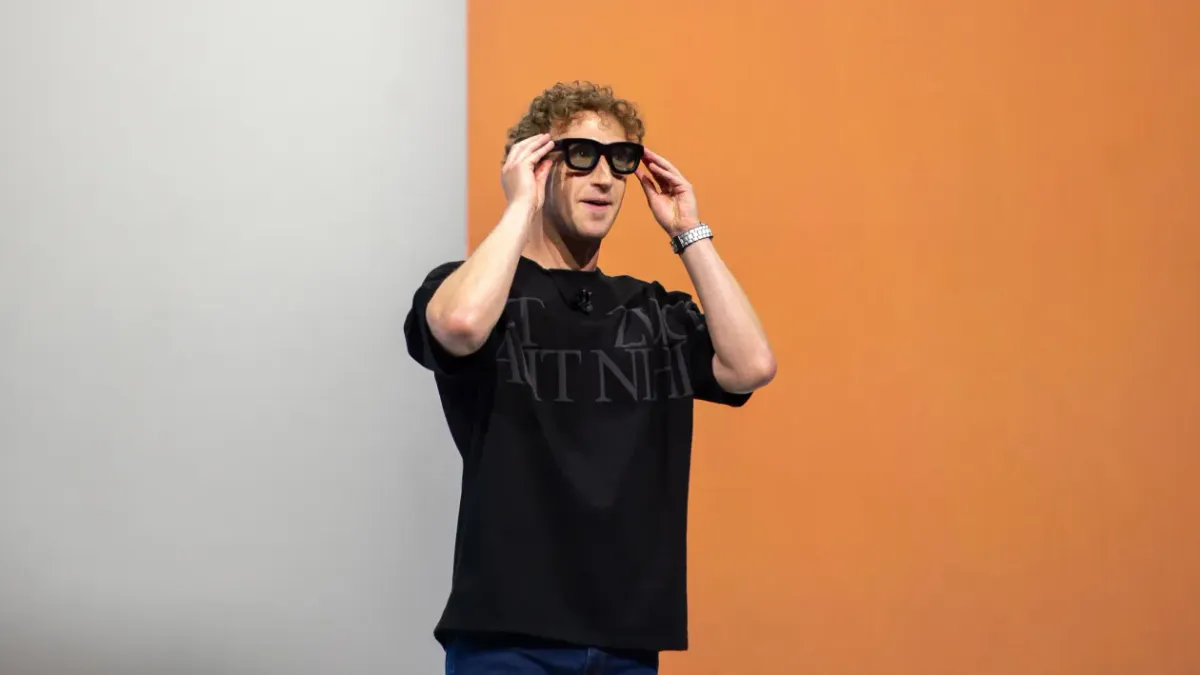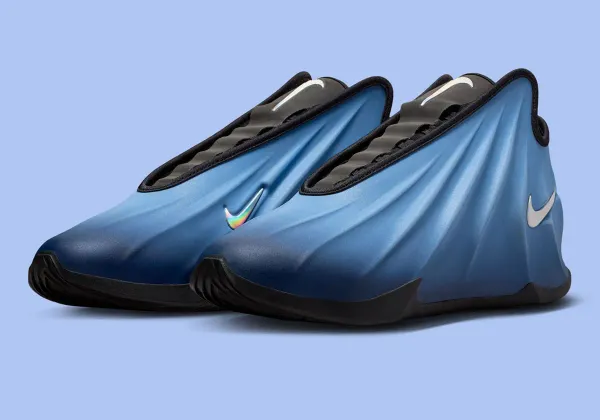Meta Unveils $799 Ray-Ban Display Glasses with Neural Control at Connect 2025
Mark Zuckerberg unveils Meta's first smart glasses with a built-in display and neural wristband control, launching September 30th for $799. A major step toward mainstream AR.

Mark Zuckerberg just unveiled the company's most ambitious smart glasses yet—theMeta Ray-Ban Display glasses priced at $799. This isn't just another iteration; it's Meta's first consumer-ready smart glasses with a built-in display, marking a significant milestone in the race to make augmented reality mainstream.
The Display Revolution
What sets these apart from every other smart glasses on the market is the translucent heads-up display built right into the right lens. With a brightness of 5,000 nits, you can actually see the display even in direct sunlight—solving one of the biggest challenges that killed Google Glass over a decade ago.
The full-color display boasts an impressive 42 pixels-per-degree resolution, delivering sharp visuals for text chats, reminders, apps, and even video calls. This puts Meta squarely in competition with the tech giants racing to replace smartphones with wearable computing.
Neural Control: Sci-Fi Made Real
Perhaps the most futuristic aspect is the Meta Neural Band—a wristband that comes with every pair of glasses. This isn't just a fancy accessory; it's a neural interface that translates subtle muscle movements and finger taps into commands. Want to adjust your music volume? Just rotate your wrist. Need to type a text message? Tap your fingers in the air.
The neural band packs an 18-hour battery life and represents Meta's bet that gesture control will be more intuitive than voice commands or traditional touch interfaces.
Real-World Features
Beyond the flashy tech, these glasses pack practical functionality:
- Live subtitles for accessibility and foreign language content
- Real-time translation that displays translated text as someone speaks
- Photo and video capture with a 12MP camera
- Audio playback through dual off-ear speakers
- Voice control powered by Meta AI
The glasses run on Qualcomm's Snapdragon AR1 Gen 1 chipset and include five microphones for enhanced audio processing.
The Demo Reality Check
Not everything went smoothly during Zuckerberg's live demonstration. The glasses failed to answer a WhatsApp call command, highlighting that this technology is still evolving. However, other features like music control and text messaging worked as advertised, showing genuine promise for daily use.
Availability and Competition
The Ray-Ban Display glasses launch September 30th in black and sand colorways with transition lenses. Initially available at select U.S. retailers including Best Buy, LensCrafters, Ray-Ban stores, and Verizon, international expansion to Canada, France, Italy, and the UK follows in early 2026.
Meta also announced the sport-focused Oakley Meta Vanguard ($499, October 21st) and the refreshed Ray-Ban Meta Gen 2 ($379, available now), creating a full ecosystem of smart eyewear.
The Bigger Picture
This launch comes as every major tech company—Google, Samsung, Snap, and Amazon—rushes to capture the emerging smart glasses market. Meta's Ray-Ban partnership has already proven successful, with sales tripling year-over-year according to EssilorLuxottica.
Zuckerberg's vision is ambitious: he believes people without smart glasses will eventually face a "significant cognitive disadvantage." Whether that prediction proves accurate, the Ray-Ban Display glasses represent the most serious attempt yet to make augmented reality accessible to mainstream consumers.
At $799, they're not cheap, but they're positioning themselves as the bridge between today's audio-only smart glasses and tomorrow's full AR experiences. The question isn't whether this technology will arrive—it's whether Meta can execute on the promise better than Google did a decade ago.
The Meta Ray-Ban Display glasses will be available for preorder starting today, with general availability beginning September 30th.




